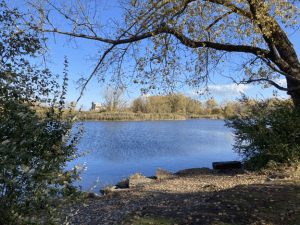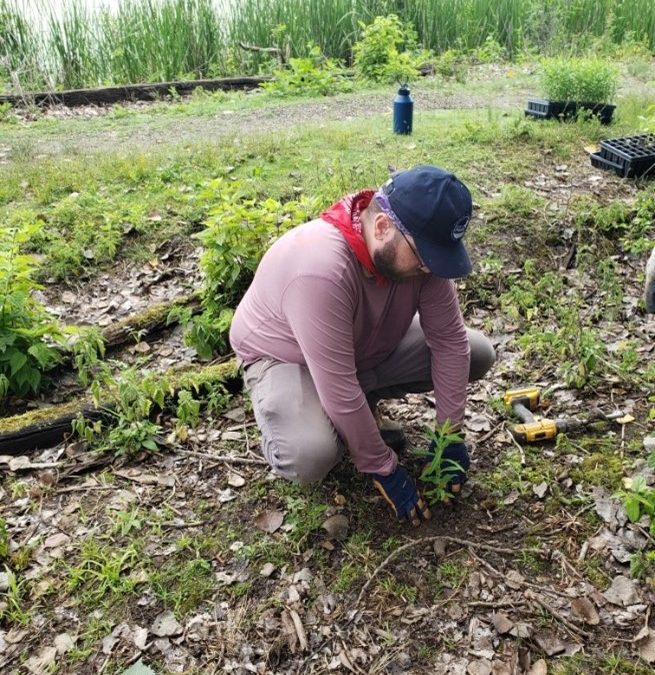By John Montgomery, Education & Outreach Assistant
Tifft Nature Preserve is a 264-acre nature refuge comprised of ponds, marshes and woodlands. Opened as a preserve in 1976, it is now an area where animals from across our region can take advantage of its vital ecology. On top of its ecological importance and conservation purposes, Tifft Nature Preserve offers plenty of educational opportunities through guided tours, workshops, online resources and displays at their Environmental Education Center.
The area has an interesting history. Originally a dairy farm, the land was later used as a transshipment center for fossil fuels and raw materials. Eventually, the site was used by the city as a landfill until 1972. Fortunately, the area is now a success story of stewardship and conservation. These days, animals and citizens alike can enjoy the preserve’s five miles of nature trails, multiple boardwalks and viewing blinds for activities like birdwatching, hiking and cross-country skiing.

One of the many ponds at Tifft Nature Preserve, a designated Important Bird Area (IBA).
Since WNY PRISM was established in 2014, we have assisted Tifft in managing invasive species like knotweed (Reynoutria spp.) and common buckthorn (Rhamnus cathartica) and restoring the preserve through efforts like native plantings. As part of these restoration efforts, WNY PRISM Crew and staff, as well as Tifft staff and volunteers have planted a variety of native herbs, sedges and wildflowers this summer. Some of these native species include sneezeweed (Helenium autumnale), hibiscus (Hibiscus tiliaceus), New England aster (Aster novae-angliae), Virginia mountain mint (Pycnanthemum virginianum), common boneset (Eupatorium Perfoliatum), ironweed (Vernonia fasciculata), Frank’s sedge (Carex frankii), and Blue cardinal flower (Lobelia siphilitica).

Blue cardinal flower ready to be planted by a volunteer.
Managing species like knotweed and buckthorn at Tifft is important, as they can quickly form monocultures, outcompeting native plants that provide food, shelter and nesting opportunities for valuable local wildlife. One of the most enjoyable attractions Tifft offers is its birdwatching. Without native flora, many birds and waterfowl would not frequent the ponds at the preserve. Earlier this summer, the Crew planted sneezeweed, hibiscus, boneset and aster along Mosquito Junction, enjoying the view of Great egrets (Ardea alba), Green herons (Butorides virescens) and Great blue herons (Ardea herodias) relaxing on the water.

John Montgomery, WNY PRISM Education and Outreach Assistant planting boneset along Mosquito Junction.
Some of the native planting was done inside deer exclosures. It was difficult at times to cut through the remaining landfill debris, but it was well worth the effort to help restore the ecosystem that was so recently infested with invasive species. The restoration work was made much easier and even more fun with the help of wonderful volunteers and Tifft staff.

The Crew and Tifft staff planting mountain mint and iron weed in a deer exclosure.


